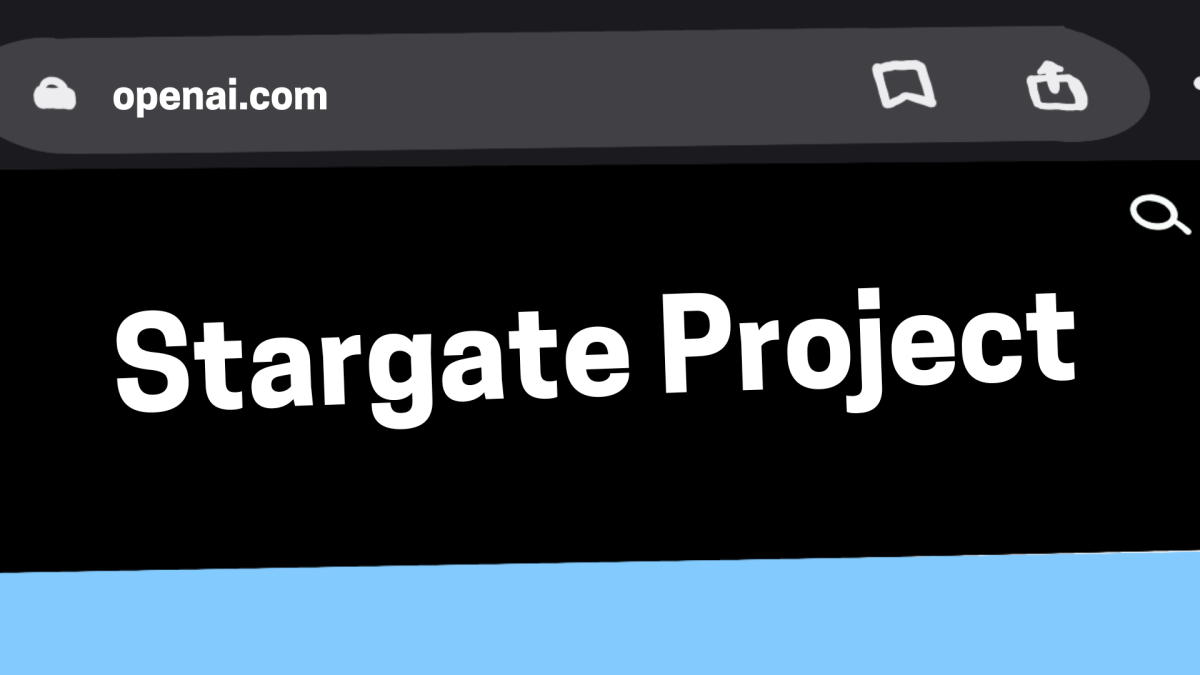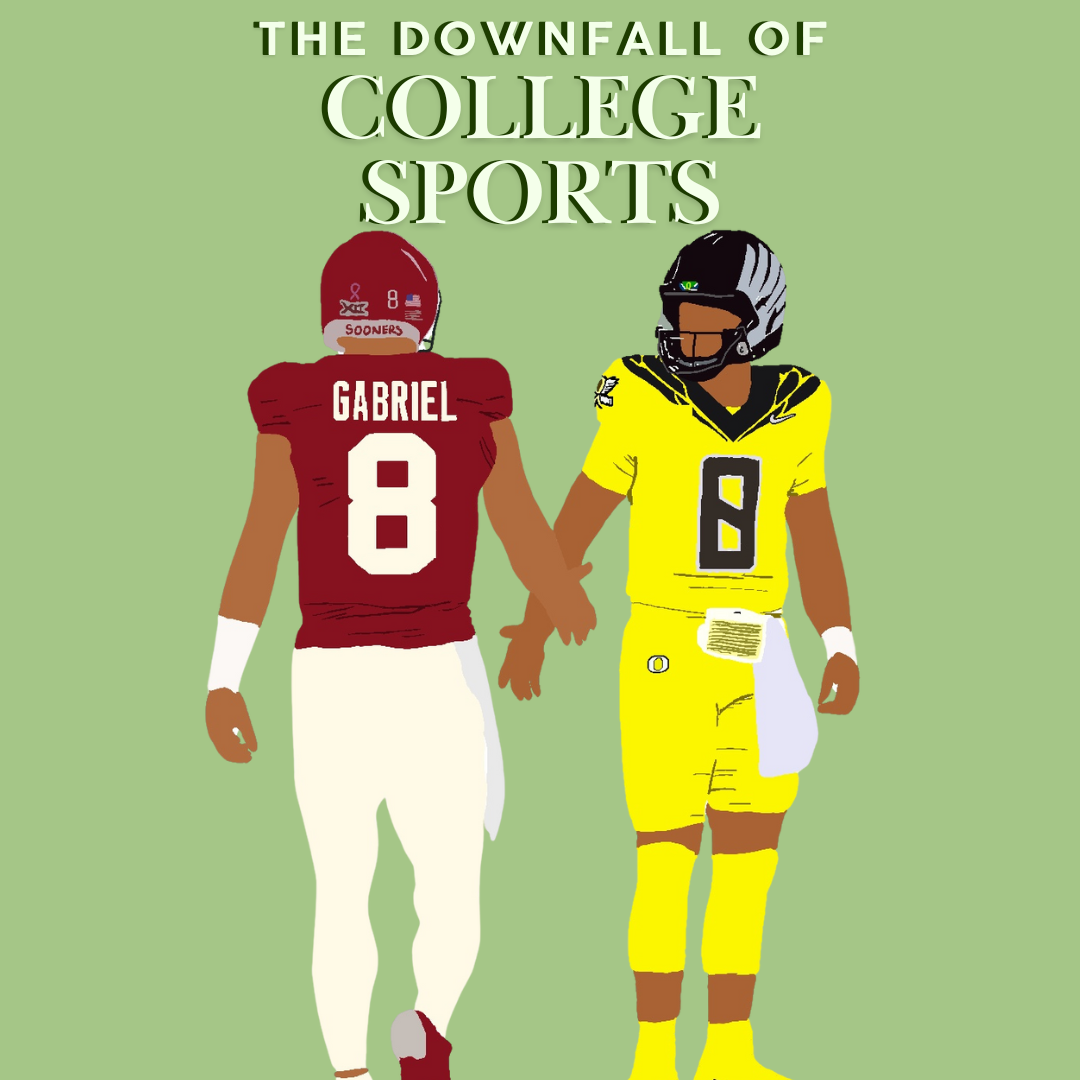SOLVING CENSORSHIP
October 19, 2018
Throughout most of the summer and into the beginning of the school year, students and staff members with MacIntosh computers were frustrated to find stern restrictions on fundamental websites. The Blue Valley School District was trying out a new filter, Securly, in preparation for the Power Up initiative that gives all secondary students their own computers. As all of the teachers came online with Securly, bans were placed on YouTube and other video-based websites. The blocks stymied teachers until early September, when the district technical personnel finally understood the impact the ban was having on teaching. The bans had a larger effect on teachers because of how often videos were used as a teaching method. For weeks, in order for teachers to be allowed to use the videos they wanted, the address had to be sent to the district to be approved ahead of time.
“The district blocked YouTube, Crash Course, and other major videos sources used throughout departments,” social studies teacher Ryan Copp said. “That caused quite the uproar and quite the frustration amongst many teachers district-wide.”
The bans placed on various video sites forced secondary teachers throughout the district to rethink their class plans.
“We felt, as teachers, we could use the videos to help us prove greater depth to our instruction,” Copp said. “When they were taken away it was quite the shock to the system considering many hours of planning had gone into providing good quality things for our students to grow with.”
Frustrated with the situation, teachers decided something needed to be done.
“Our administration were great listeners and as multiple teams we were able to get it addressed,” Copp said.
However, fixing the problem took concerted effort from teachers and administrators. Social studies teacher, Nick MacDonnell, wrote an email to the district expressing the concerns of many teachers regarding the bans. His big concerns included time, changes, flexibility and censorship.
“Sometimes I get a video ten minutes before class and that will be enough time for me to watch it and say ‘this is perfect,’ I’m going to use this in class but I have to send it in have someone approve it and then come back. It takes away the opportunity to change things,” said MacDonnell. “There’s a general question of censorship too that I think arises when anything comes up with the idea of teachers being professionals yet not being allowed to show what they think is appropriate in the classroom. There were some videos that had been shown for years by teachers that were actually submitted and denied by the viewing group,”
Thanks to the efforts of passionate teachers and understanding administrators, the ban was reevaluated, allowing teachers to again freely utilize the Internet to teach.






















